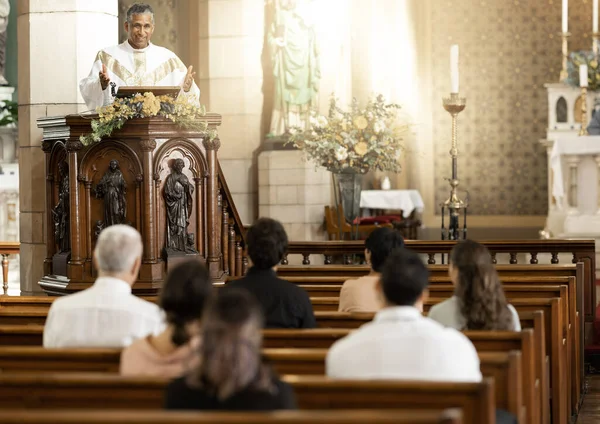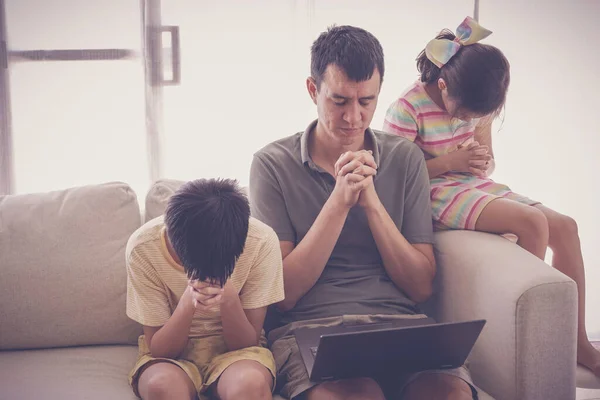
“The Rapture is here, ready or not.” That was all the warning South African pastor Joshua Mhlakela gave before igniting an online firestorm now raging through TikTok. His prediction that Jesus would return on September 23, 2025 fell squarely in the middle of Rosh Hashanah and squarely into the news feeds of millions.

What ensued was #RaptureTok, a hybrid of earnest prayers, theological arguments, and memes so ridiculous they could only have given birth online. For some, it’s a time of profound spiritual anxiety. For others, it’s a time to ridicule end times worry. And in between, it’s become a cultural Rorschach test for how contemporary faith, fear, and comedy intersect.
Here’s a closer examination of the most interesting and occasionally strange ways this viral prophecy is influencing conversations, communities, and timelines.

1. Pets and the Promise of Heaven
One of the most unexpected themes to emerge from #RaptureTok is the fate of pets. Videos with hundreds of thousands of views show believers quoting scripture to argue that animals will join their owners in the heavenly ascent. Comments like “I have prayed for my fur babies to be raptured with me” are everywhere, revealing a tender intersection of theology and attachment.
Some point to Acts 16:31 “Believe in the Lord Jesus, and you will be saved you and your household” broadening ‘household’ to encompass cherished pets. The emotional heft is genuine to many, salvation is incomplete without the animals they care for. And yet the Bible never provides a clear answer, leaving room for both optimism and humor. One viral joke pictures an angel tasked with a Chihuahua, shooting straight up at “1,000 miles per hour.”

2. The Apocalypse’s Comedy Side
Not all are being serious about the prophecy. TikTok is filled with satirical skits, ranging from individuals setting out empty clothes in driveways to lead neighbors to believe they’ve been raptured to ‘rapture prep’ instructions that range from completing GTA V.
This humor is not mockery it’s coping. As cultural historian Elaine Pagels has pointed out elsewhere, satire tends to flourish during times of existential unease. By ridiculing the prospect of sudden disappearance, creators neutralize fear and regain mastery over a narrative that’s otherwise defined by uncertainty.

3. The Date-Setting Debate
Mhlakela’s certainty He said he was “a billion percent sure” puts him in a long line of end-times date-setters. From William Miller in the 1840s to Harold Camping’s billboard-covered campaigns in 2011, history is filled with unsuccessful predictions.
Biblical commentators tend to cite Matthew 24:36, where it says that only God knows the day and hour. Pastor Vladimir Savchuk recently reminded his 2.19 million YouTube followers that “Jesus is not coming back until Antichrist appears, and that has not occurred yet.” The tension between prophetic certainty and scriptural reserve drives both enthusiasm and skepticism online.

4. RaptureTok as Digital Revival
For others, #RaptureTok is not just about entertainment it’s a religious wake-up call. Videos calling out to viewers to ‘be saved’ are accompanied by Bible quotes, individuals’ testimonials, and exhortations to repent. This combines retro revival fervor with the ubiquity of today’s social media to produce what might be called a ‘networked altar call’ by sociologists.
The instant nature of TikTok’s platform makes these words viral in hours, and they may reach far more people than old church doors. It’s religion for the age of the algorithm, where one clip can initiate a chain reaction of conversions or at least conversations.

5. Cultural Memory of Apocalyptic Fear
For evangelical Americans everywhere, the rapture is more than a teaching it’s a fear of early childhood. Memories of the 1980s and 1990s bring to mind children returning home alone to find their homes empty and frantically thinking that they were ‘left behind.’ The churches furthered this with intense sermons and even movies showing slumped heaps of clothes where believers had been standing.
This cultural memory informs the reception of today’s viral prophecy. For a few, it stirs up old fears for others, a reminder of a worldview they’ve long abandoned. Either way, there’s a strong emotional charge when combined with the visual grammar of TikTok.

6. The Role of Rosh Hashanah
Mhlakela’s date selection September 23, the same day as Rosh Hashanah is imbued with symbolic meaning. In Jewish tradition, Rosh Hashanah is the start of the High Holy Days, a time for repentance and renewal. A few Christian interpreters associate it with prophetic chronologies, viewing it as the appropriate moment for God to intervene.
This combination of traditions is part of a larger pattern in evangelical prophecy circles, where Jewish holidays tend to find their way into doomsday scenarios. It also provokes controversy among religious academics, many of whom warn against employing holy calendars as predictive devices.

7. Why the Rapture Keeps Going Viral
The rapture’s ongoing popularity rests in the combination of urgency, enigma, and spectacle. It offers a respite from the pain of the world, a reunion with loved ones, and a cosmic drama unfolded in a flash. In the age of the internet, these aspects naturally translate into shareable media be it pious prayers, academic refutations, or humorous sketches.
As one commentator said, “It’s both a fairy tale used to frighten children and a lullaby for grown adults.” That ambiguity guarantees it will keep coming back over and over again, each time reflected through the prism of whatever medium controls the day.

The new round of #RaptureTok demonstrates how one prophecy can cascade through culture, influencing everything from pet theology to meme-craft. Whether seen as a knockabout spiritual warning or a meme sensation, it illustrates the ways that faith becomes updated and at times distorted in the age of social media. And even if history teaches us that this date will come and go like all the others, the discussions it’s generated may persist very much longer than the prophecy itself.


